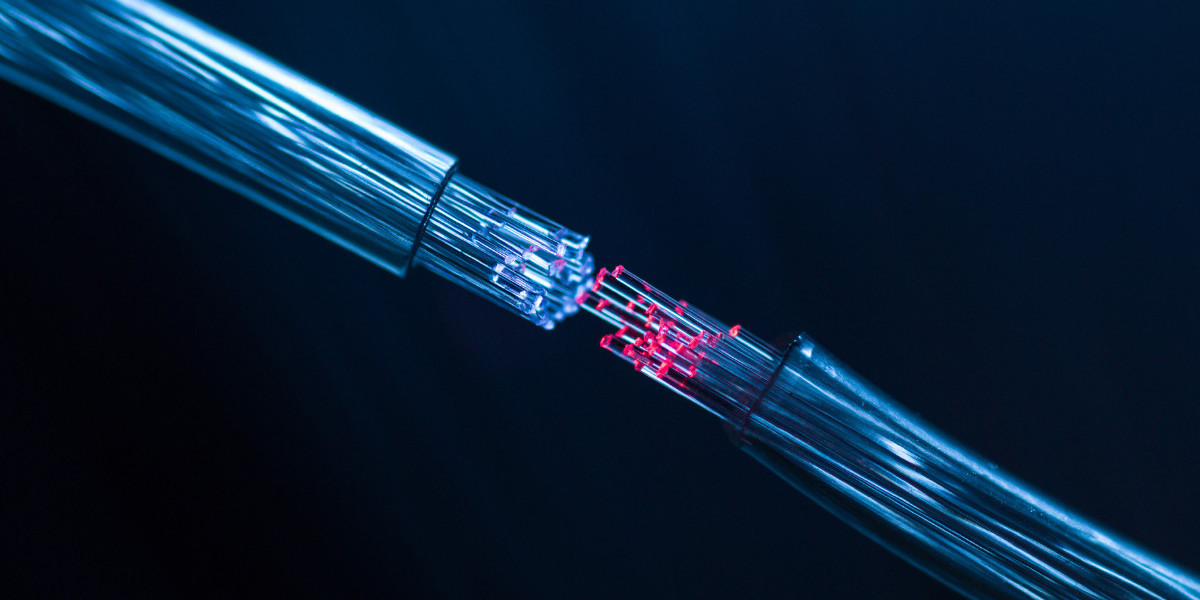In the realm of telecommunications and connectivity, Fiber in the Loop (FITL) technology has emerged as a game-changer, revolutionizing the way data is transmitted, accessed, and utilized. This cutting-edge technology, characterized by its use of fiber optic cables to deliver high-speed internet and telecommunications services directly to end-users, has paved the way for enhanced connectivity, faster data speeds, and a myriad of applications across various industries.
Understanding Fiber in the Loop Technology
Fiber in the Loop technology, often abbreviated as Fiber in the Loop, is a broadband architecture that brings fiber optic cables closer to the end-user, eliminating the need for traditional copper-based infrastructure in the last mile of connectivity. By deploying fiber optic cables directly to homes, businesses, and other end-user locations, FITL technology ensures high-speed data transmission, low latency, and increased bandwidth capacity, meeting the growing demands of modern digital lifestyles.
The Benefits of Fiber in the Loop Technology
High-Speed Internet: One of the primary benefits of FITL technology is its ability to deliver blazing-fast internet speeds. Fiber optic cables can transmit data at speeds of gigabits per second, enabling seamless streaming, online gaming, video conferencing, and large file downloads with minimal latency.
Reliability and Stability: Fiber optic cables are less susceptible to environmental interference, electromagnetic interference (EMI), and signal degradation compared to traditional copper cables. This results in a more stable and reliable internet connection, even during peak usage hours.
Scalability: FITL technology is highly scalable, allowing service providers to easily upgrade bandwidth capacity to meet increasing demands without major infrastructure overhauls. This scalability ensures that users can enjoy consistent and reliable internet performance as their data needs grow.
Future-Proofing: As the demand for high-speed internet and data-intensive applications continues to rise, FITL technology offers a future-proof solution. Its robust infrastructure and capacity for high-speed data transmission make it well-suited for emerging technologies such as 5G networks, Internet of Things (IoT) devices, and cloud-based services.
Applications of Fiber in the Loop Technology
Residential Broadband: FITL technology is widely used to deliver high-speed broadband internet to residential areas. Home users benefit from fast download and upload speeds, seamless streaming of HD and 4K content, and enhanced online gaming experiences.
Business Connectivity: FITL technology plays a crucial role in providing reliable and high-bandwidth connectivity to businesses, supporting cloud computing, VoIP (Voice over Internet Protocol) telephony, video conferencing, and data-intensive applications essential for modern enterprises.
Smart Cities and IoT: Fiber optic networks deployed using FITL technology form the backbone of smart city initiatives, enabling connectivity for IoT devices, smart sensors, traffic management systems, and municipal services automation.
Education and Healthcare: FITL technology facilitates high-speed internet access in educational institutions, supporting e-learning platforms, online collaboration tools, and digital classrooms. In healthcare, it enables telemedicine services, remote patient monitoring, and electronic health records management.
Future Trends and Innovations
The evolution of FITL technology continues to drive innovations in connectivity and telecommunications. Key trends shaping the future of FITL technology include:
5G Integration: FITL networks are being integrated with 5G infrastructure to support ultra-fast wireless connectivity and enable advanced services such as augmented reality (AR), virtual reality (VR), and real-time data processing.
Edge Computing: FITL technology is facilitating edge computing capabilities by bringing data processing and storage closer to end-users, reducing latency and enhancing the performance of cloud-based applications and services.
Security Enhancements: With cybersecurity becoming increasingly important, FITL technology is incorporating advanced encryption protocols, authentication mechanisms, and network security measures to safeguard data privacy and integrity.
Green Initiatives: FITL networks are being designed with energy-efficient components and sustainable practices to minimize environmental impact and contribute to green initiatives in telecommunications infrastructure.
Enabling a Connected Future
Fiber in the Loop technology represents a pivotal advancement in connectivity infrastructure, empowering individuals, businesses, and communities with high-speed internet access, reliable connectivity, and a wide range of applications. As the digital landscape continues to evolve, FITL technology will play a crucial role in shaping a connected future, driving innovation, enhancing user experiences, and enabling transformative technologies that shape our digital world.
Get more insights on Fiber in the Loop



